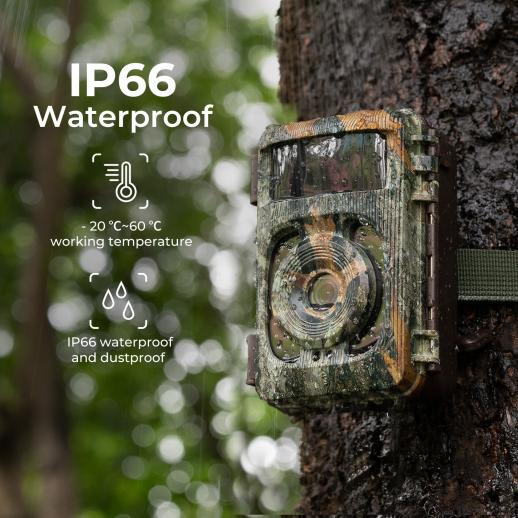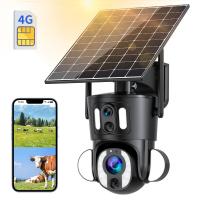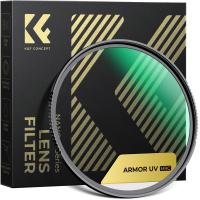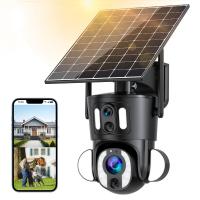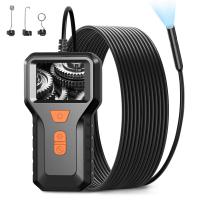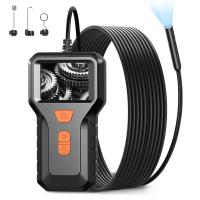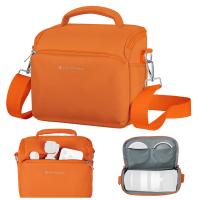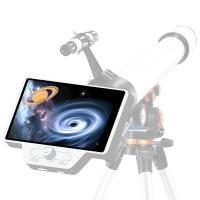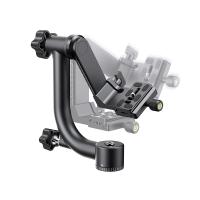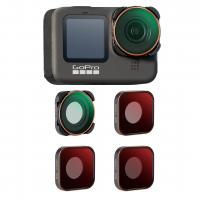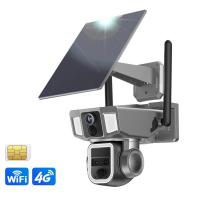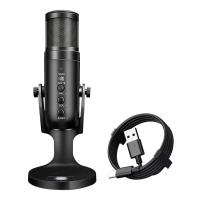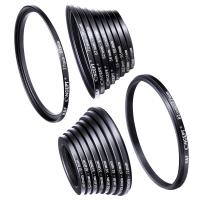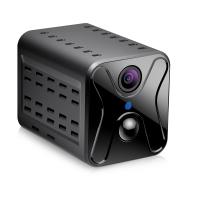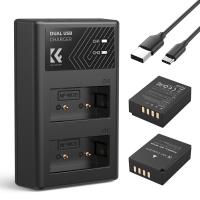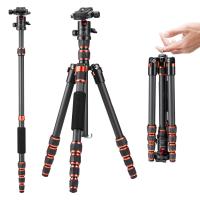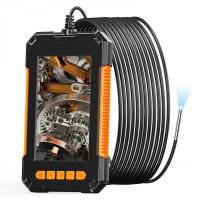No Light Trail Camera
- 00 days
- :
- 15 hours
- :
- 08 min
- :
- 14 sec
- * KF35.133 =KF35.127S1=KF35.127V1+KF28.0011*2+KF42.0013 No light trail: 34pcs 940nm infrared fill light:This camera is equipped with 34pcs 940nm infrared fill light, which can capture clear images without any light trail, even in complete darkness.
- * High-quality display: 2.0" IPS 320×240(RGB) DOT LCD display:The camera features a high-quality 2.0" IPS LCD display, which provides clear and vivid images, making it easy to view and adjust settings.
- * Easy to use: 3-Pod Interface 1/4" standard interface:The camera is designed with a 3-Pod Interface 1/4" standard interface, which makes it easy to mount and use with a variety of accessories.
- * Automatic infrared filter: Fully automatic infrared filter unit:The camera's fully automatic infrared filter unit ensures that images captured during the day are clear and vibrant, while images captured at night are sharp and detailed.
- * Continuous recording: Loop recording support:The camera supports loop recording, which means that it will automatically overwrite the oldest footage when the memory card is full, ensuring that you never miss a moment.
2. Get Free Gift Over $100 - 64G SD Card or Double Camera Strap (on the checkout page)
3. Wholesale OFF: $200 OFF Over $1000
A no light trail camera is a type of camera that is designed to capture images or videos in low-light or no-light conditions. These cameras use infrared technology to detect and capture images in complete darkness. They are commonly used for wildlife observation, surveillance, and security purposes. No light trail cameras are equipped with motion sensors that trigger the camera to capture images or videos when it detects movement. They are also designed to be weather-resistant and durable, making them suitable for outdoor use. Some no light trail cameras are equipped with wireless connectivity, allowing users to remotely access and view the captured images or videos. These cameras are popular among hunters, wildlife enthusiasts, and security professionals who need to monitor remote areas or locations during the night.
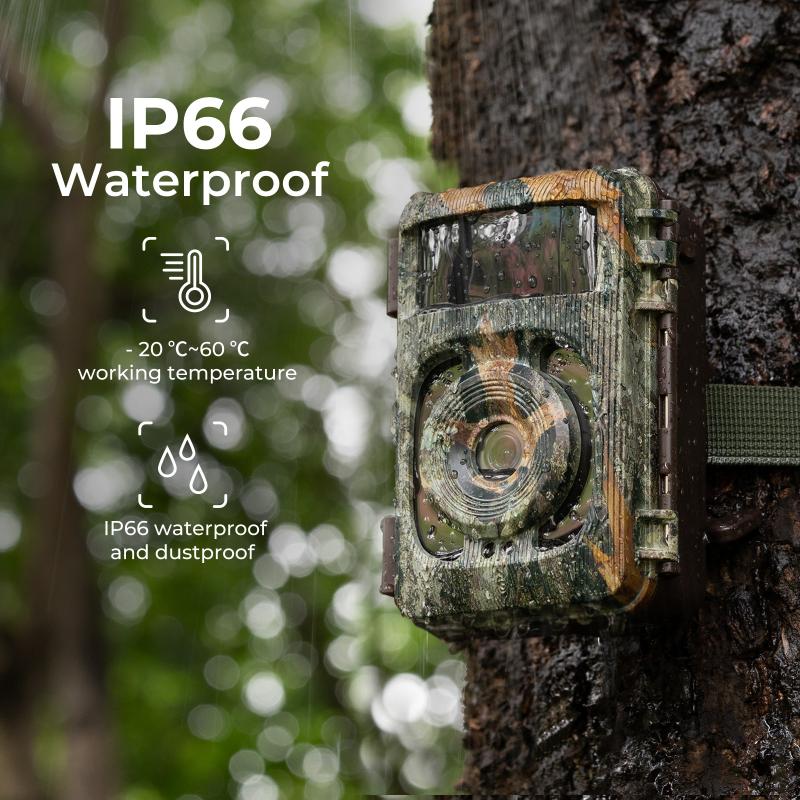
Related accessories:
1. Tripod: A tripod is an essential accessory for capturing sharp and steady photos in low light conditions. It provides a stable base for the camera, reducing the risk of camera shake and blurring.
2. Remote Shutter Release: A remote shutter release allows you to trigger the camera without physically touching it, which can cause camera shake. This is especially useful for long exposure shots where even the slightest movement can cause blurring.
3. Neutral Density Filter: A neutral density filter reduces the amount of light entering the camera, allowing you to use longer shutter speeds without overexposing the image. This is particularly useful for capturing light trails at night.
4. Flashlight: A flashlight can be used to illuminate the subject or the surrounding area, providing additional light for the camera to capture. This is especially useful for low light conditions where the camera's built-in flash may not be sufficient.
5. Lens Hood: A lens hood helps to reduce lens flare and ghosting, which can occur when shooting in bright light conditions. This is particularly useful for night photography, where streetlights and other light sources can cause unwanted reflections and glare.
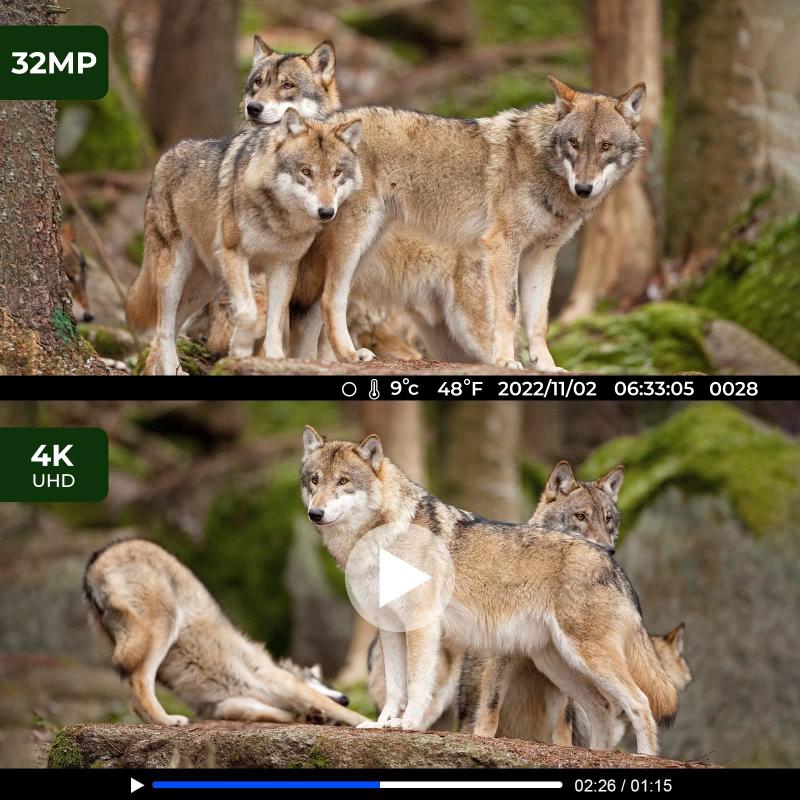
Related technologies:
1. Low Light Performance: The latest camera application technologies are designed to improve low light performance. This is achieved through the use of larger sensors, improved image processing algorithms, and better noise reduction techniques. These advancements allow cameras to capture high-quality images even in low light conditions, without the need for a flash.
2. High-Speed Image Capture: Another key feature of the latest camera application technologies is high-speed image capture. This is achieved through the use of advanced autofocus systems, faster shutter speeds, and improved image processing algorithms. These advancements allow cameras to capture fast-moving subjects with greater accuracy and detail.
3. Artificial Intelligence: The latest camera application technologies also incorporate artificial intelligence (AI) to improve image quality and user experience. AI algorithms can automatically adjust camera settings based on the scene being captured, detect and track subjects, and even suggest composition and framing options.
4. Wireless Connectivity: Finally, the latest camera application technologies include wireless connectivity options such as Wi-Fi and Bluetooth. This allows users to easily transfer images and videos to their smartphones or other devices, as well as remotely control the camera and access advanced features through dedicated apps.
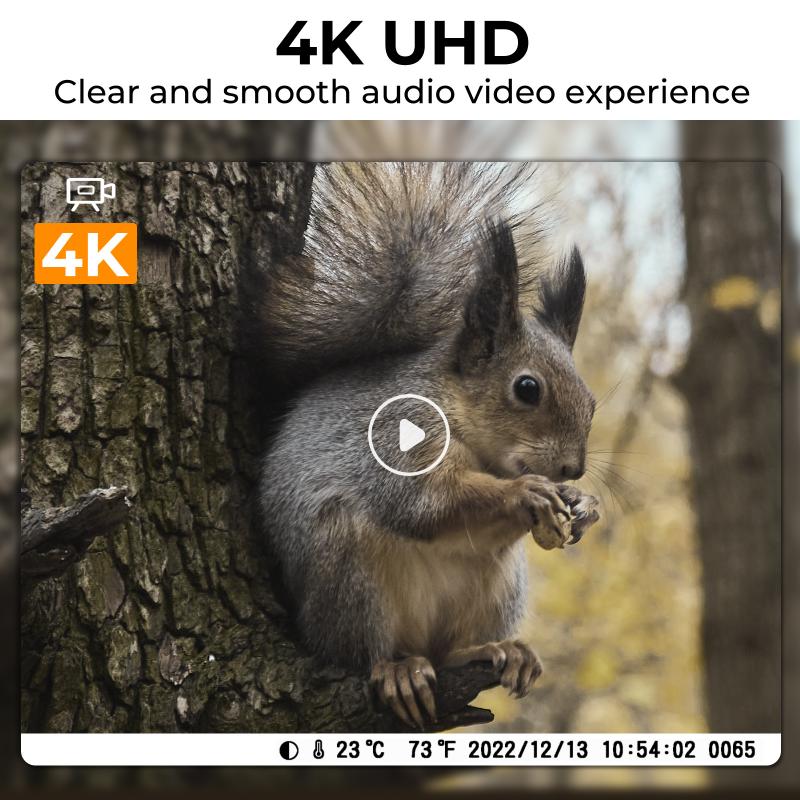
Product Advantages:
1. Clearer Nighttime Photos: A no light trail camera is designed to capture clear and sharp images even in low light conditions. This means that you can take high-quality photos at night without the need for a flash or additional lighting.
2. Improved Stealth: The absence of a flash or any other light source makes the camera less noticeable to animals or intruders. This means that you can capture images of wildlife or trespassers without alerting them to your presence.
3. Longer Battery Life: Since the camera does not use a flash, it consumes less power, which translates to longer battery life. This means that you can leave the camera in the field for extended periods without worrying about the battery running out.
4. Reduced Image Blur: The no light trail camera uses advanced image stabilization technology to reduce image blur caused by camera shake or movement. This means that you can capture sharp and clear images even when the camera is mounted on an unstable surface.
5. Increased Durability: The camera is designed to withstand harsh weather conditions and extreme temperatures. This means that you can use it in any environment without worrying about damage to the camera.
6. Easy to Use: The camera is easy to set up and operate, even for beginners. This means that you can start using it right away without the need for any special skills or knowledge.
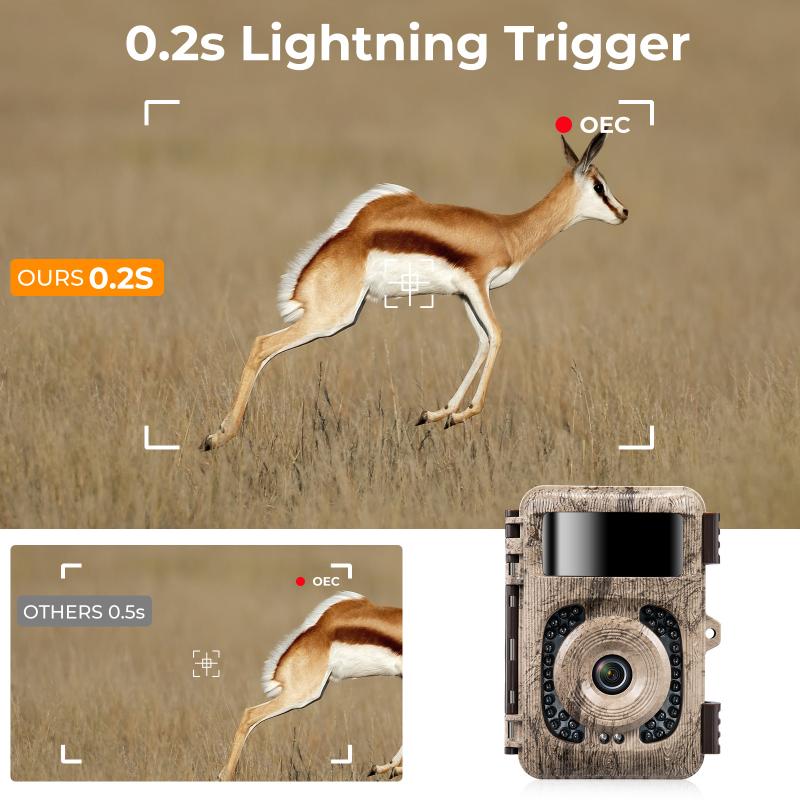
Common problems:
Error: The camera is not capturing light trails in long exposure shots.
Solution: Check if the camera is set to the correct mode for long exposure shots. Increase the shutter speed or aperture size to allow more light into the camera. Use a tripod to keep the camera steady during the long exposure.
Error: The camera is capturing too much light in long exposure shots, resulting in overexposed images.
Solution: Decrease the shutter speed or aperture size to reduce the amount of light entering the camera. Use a neutral density filter to reduce the amount of light entering the camera without affecting the color balance.
Error: The camera is not focusing properly, resulting in blurry images.
Solution: Check if the camera is set to the correct focus mode. Use manual focus to ensure that the subject is in focus. Clean the lens to remove any dirt or smudges that may be affecting the focus.
Error: The camera is not capturing colors accurately, resulting in washed out or overly saturated images.
Solution: Check if the camera is set to the correct white balance mode. Adjust the white balance to match the lighting conditions. Use a color calibration tool to ensure accurate color reproduction.
Error: The camera is not capturing images at the desired resolution or quality.
Solution: Check if the camera is set to the correct image quality and resolution settings. Increase the resolution or quality settings to capture higher quality images. Use a memory card with a higher capacity to store more images.

Product parameters:
Number of IR fill lights : 34pcs infrared fill light; 940nm
LCD display : 2.0" IPS 320×240(RGB) DOT
Ambient temperature watermarking : Support
File formats : JPEG/AVI
Interface : USB; TF memory card socket
Microphone & Speaker : Support
Loop recording : Support
Product size : 17.8x15.6x9.7cm
3-Pod Interface : 1/4" standard interface
Infrared filter unit : Fully automatic
- All Reviews
- Image

